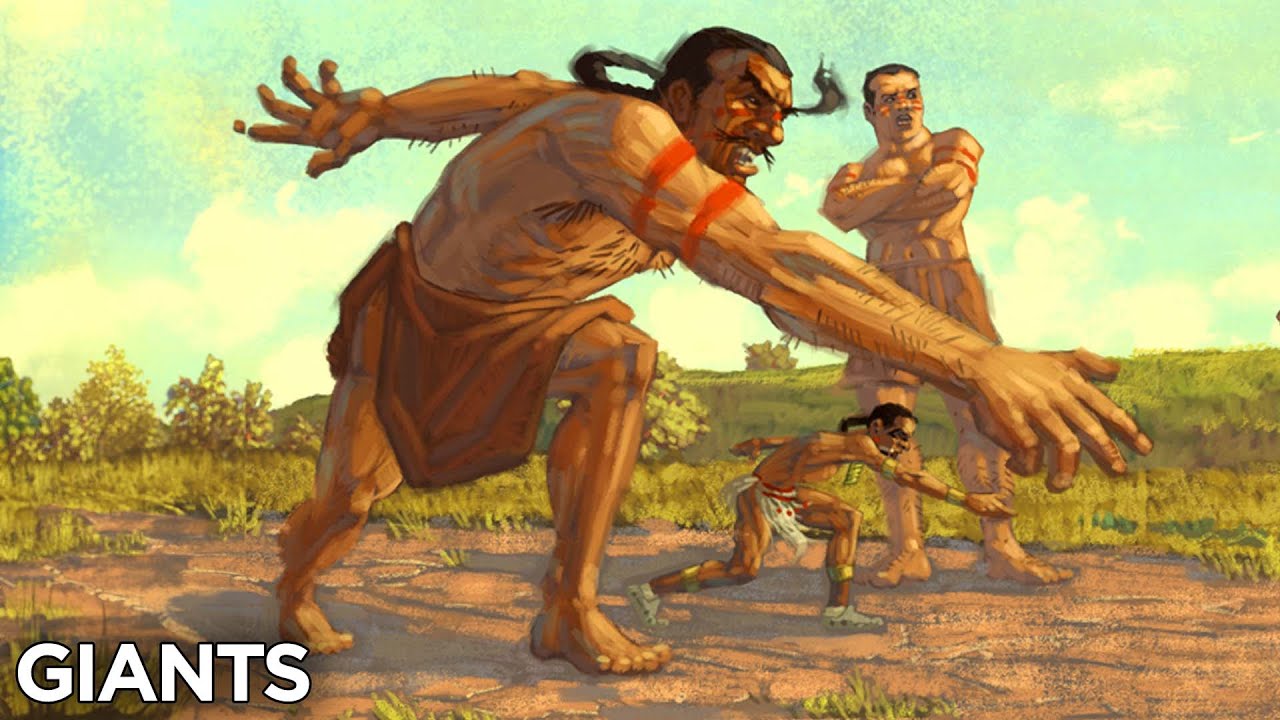
when Horror Yearbook – Giants have fascinated civilizations throughout history. Ancient stories speak of enormous beings with strength that rivaled gods. Across continents from the Bible’s Nephilim to the Gigantes of Greek legend, tales of giants appear in sacred texts, folklore, and oral traditions. These narratives feed the imagination with ideas of lost civilizations and buried bones too large to explain. While science has yet to validate such creatures, these stories refuse to disappear. They survive in books, documentaries, and late-night conversations. Legends grow stronger when paired with images of giant skeletons found in caves or rural hills. Often, those images get shared widely online without verification. Many turn out to be digitally edited or misunderstood archaeological finds. Yet the idea persists. Giants are more than characters in myth. They represent the unknown, the unimaginable. Believers continue to search for clues buried beneath the earth, hoping to uncover a truth larger than life.
Many societies place giants at the heart of their cultural roots. In Norse stories, frost giants threatened divine realms. In Hindu tales, towering beings challenged heroes and gods alike. The fascination with giants also led explorers to interpret unfamiliar people as proof. When Magellan reached Patagonia, his crew reported meeting giants. Later analysis revealed those people were simply taller than average Europeans. This moment highlights how myths emerge when awe meets misunderstanding. In Sardinia, the tombs of giants stand as stone reminders of ancient mystery. These megalithic structures invite questions but reveal no giant remains. Despite this, locals pass the stories to new generations. In the United States, legends like the Lovelock Cave giants mix Native American tales with mining-era rumors. Giants in folklore never leave evidence, but they stay alive in spirit. Across centuries, belief keeps their legacy intact. Giants, whether real or not, remain emotionally real to many.
“Read about: Would You Trade Your Soul for Fortune? Here’s What REALLY Happens After a Pesugihan”
Throughout modern history, supposed evidence of giants caused great excitement before falling apart under scrutiny. The Cardiff Giant in 1869 looked like a fossilized man and fooled thousands. Spectators paid to see it until experts proved it was a carved stone. Despite exposure, the legend survived. This pattern repeats. Photos claiming to show massive skeletons are usually fakes. Experts often find that the bones belong to elephants or dinosaurs. Sometimes, human remains suffer from distortion during burial, leading to exaggerated measurements. Science offers explanations, but excitement often outpaces truth. Museums and universities rarely hold back findings. If giants existed, evidence would reach the public. However, the real discoveries involve ancient humans who lived and died within normal size ranges. Their tools, homes, and graves match what we expect. Claims about giants often rely on mystery, not method. That is why science keeps separating truth from myth and keeps the record clear.
The tallest humans on record result from medical conditions. Gigantism and acromegaly cause excessive growth due to hormone imbalance. Robert Wadlow grew over eight feet tall and became famous. His size shocked the world but also brought health challenges. People with these conditions often experience pain and limited mobility. They never reach the sizes described in legends. No tribe of giants ever appeared in history books or archaeology. Medicine studies these rare cases closely. Photos, x-rays, and interviews explain their growth. These individuals remind us that tall humans exist, but they do not confirm the existence of mythical beings. Giants in tales have powers beyond nature. Real people have limits. The difference matters. Observing human extremes helps science, while chasing fantasy brings confusion. The tallest humans deserve respect as individuals, not as symbols of ancient myths. Comparing reality with fiction gives us a clear perspective about giants and truth.
“Read more: Unlock the Power Moves! These Breakdancer Workout Tips Will Blow Your Mind”
Even without physical proof, these beings survive in the human imagination. Films, games, and books continue the tradition. They embody fear, strength, and the unknown. Children hear stories about beanstalks and castles in the clouds. Adults watch shows about ancient secrets hidden beneath mountains. Why do such figures remain so compelling? Because they offer escape. They let us believe that something larger waits beyond what we see. Some think old powers hide evidence, protecting secrets from the public. These conspiracy theories rarely hold water, but they show how deeply people want to believe. These beings may not have existed in flesh and bone, but their presence in culture proves lasting influence. They represent more than height. They suggest possibilities, challenge logic, and invite wonder. As long as people seek legends, these figures will stand tall in imagination. The footprints may never be found, but the path remains open for those who dream big.